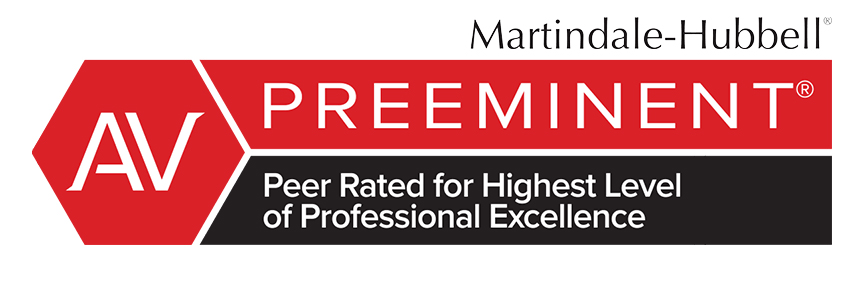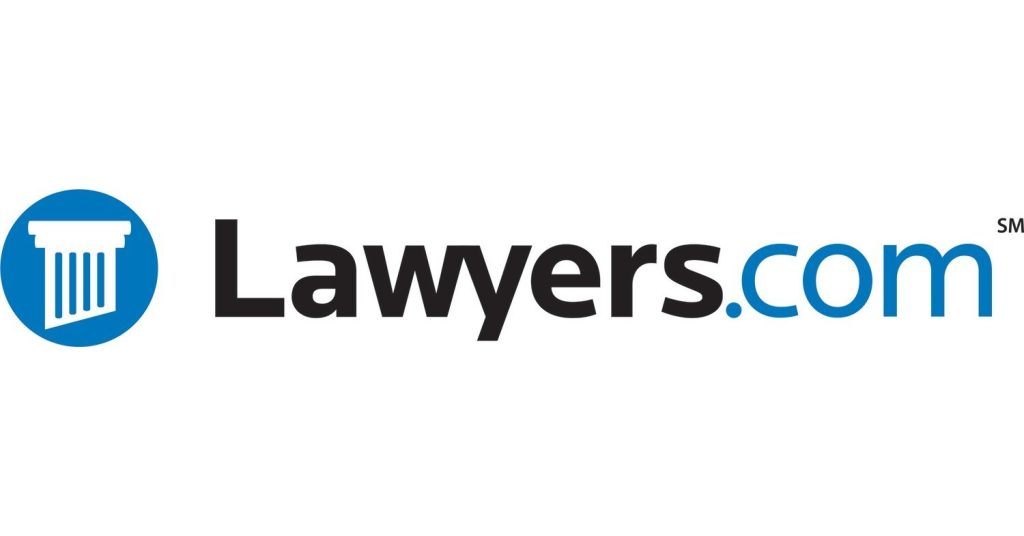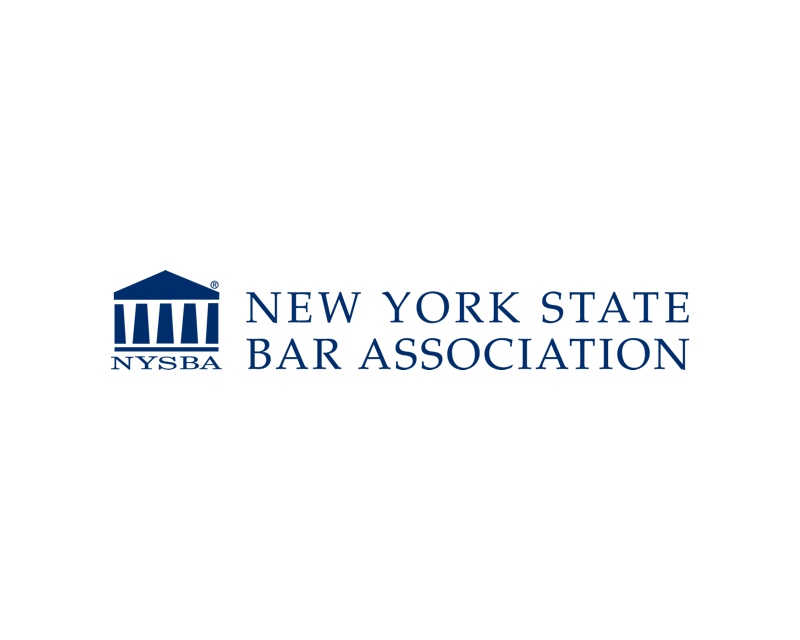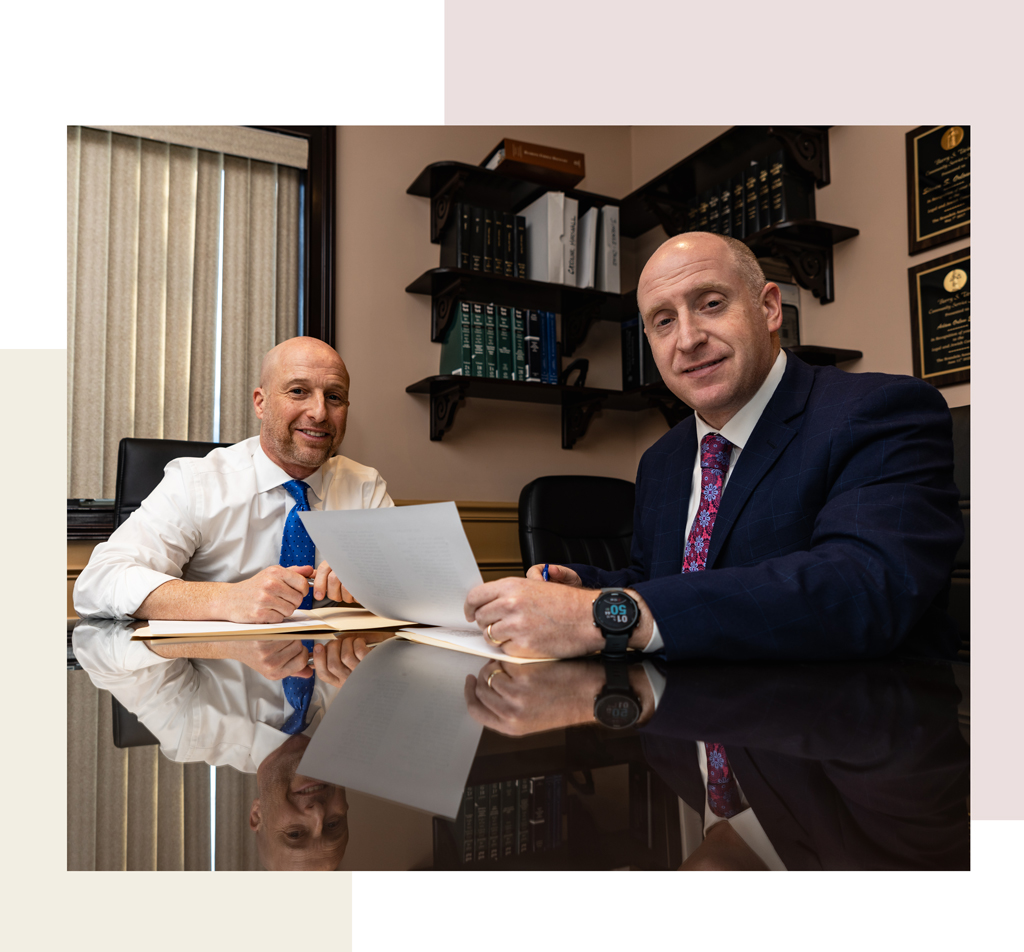What Is Summary Judgment and How Can It End a Personal Injury Case Before Trial?
What Is Summary Judgment in a New York Personal Injury Case? Quick Answer: In New York personal injury cases, a summary judgment is a request for a judge to decide the case without a trial, based on the argument that there are no genuinely disputed facts that require a full









